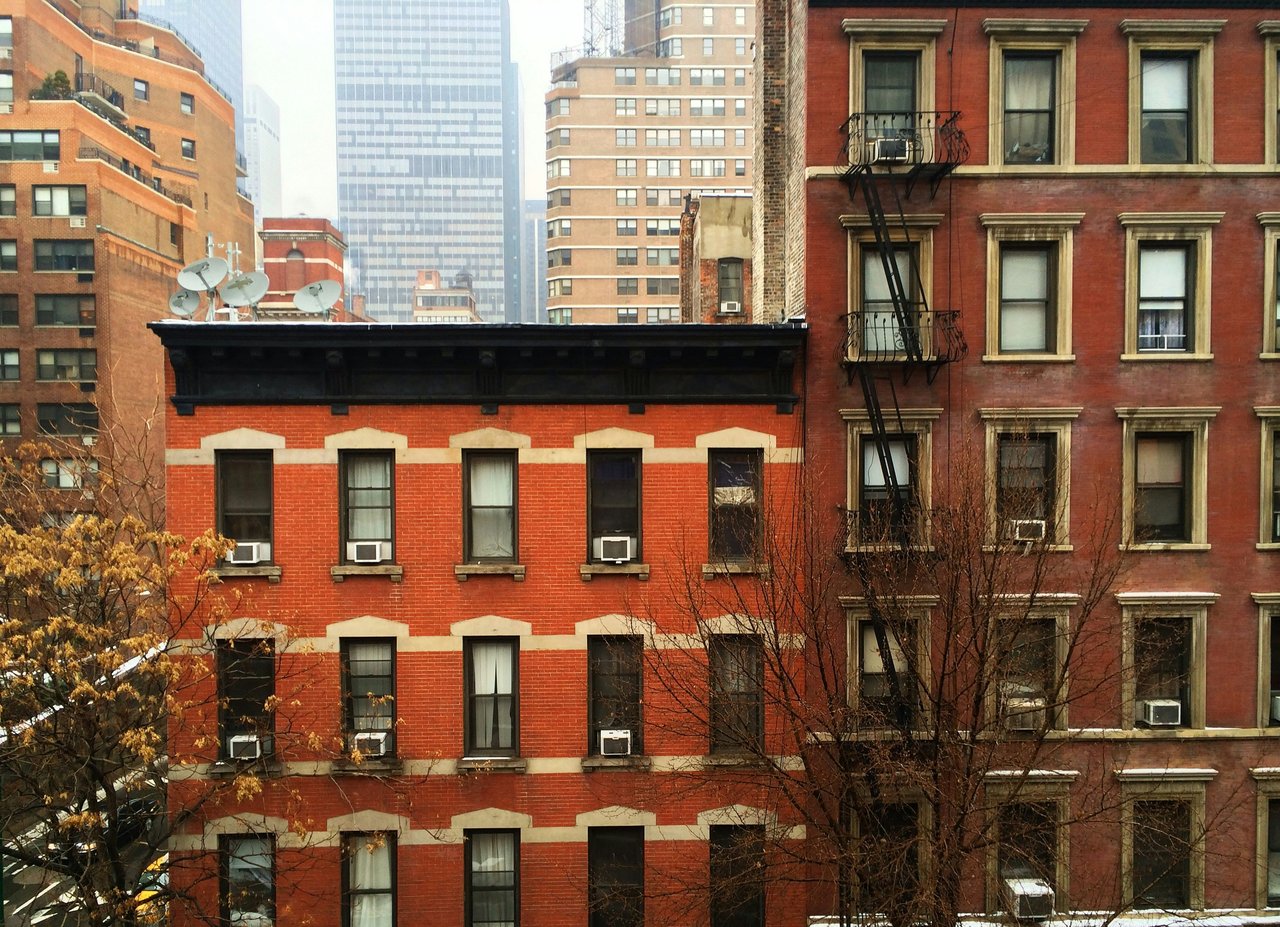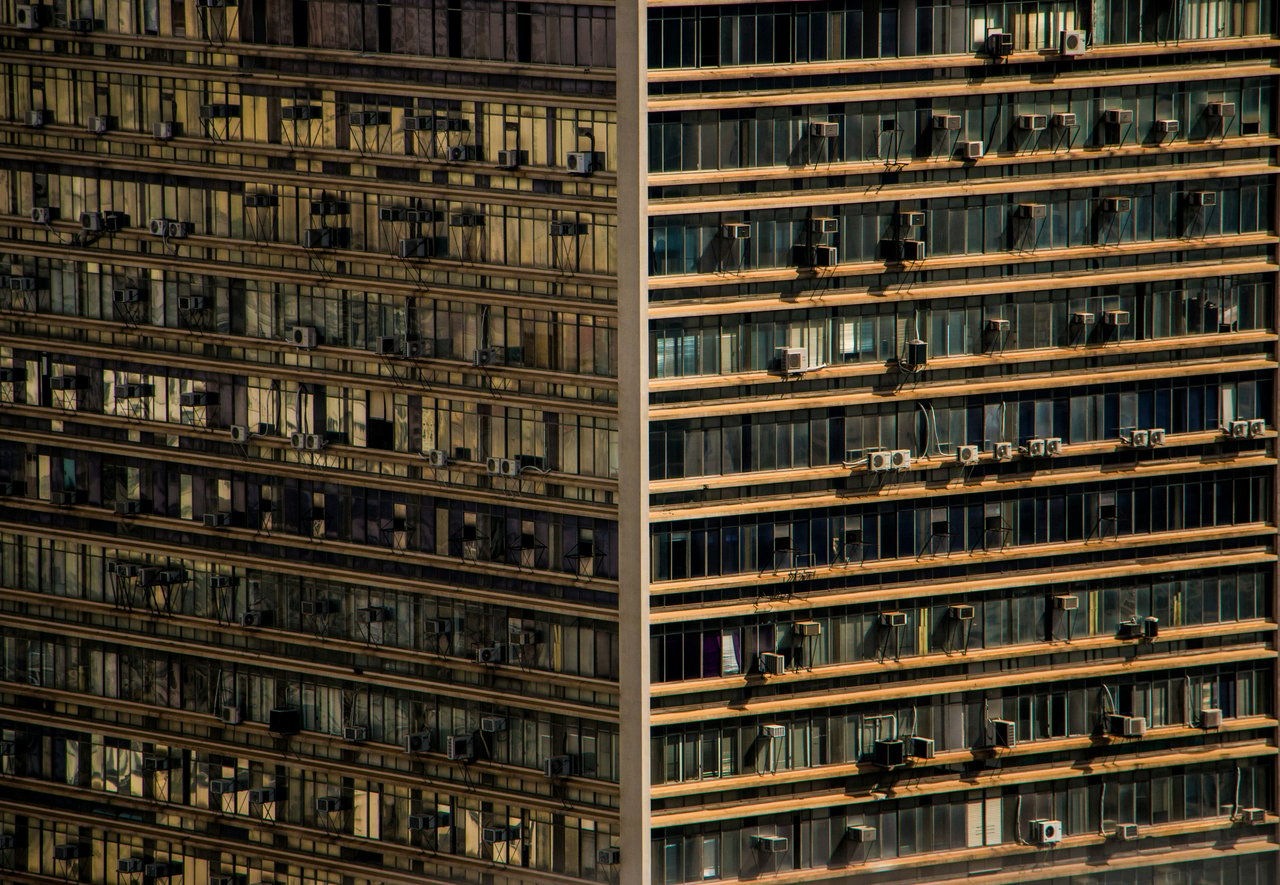Bed-Stuy brownstones are more than just buildings. They’re cultural artifacts, works of architectural art, and homes full of potential. As someone who used to live in Bed-Stuy, I know how deeply these blocks capture your heart. They represent legacy, style, and the city’s evolution all in one. But if you own one of these treasures, you’ll face some hard choices—chief among them: should you restore its historic details, renovate for modern living, or find a middle path?
This guide explores the real estate return on investment (ROI), emotional value, and market strategies for both restoration and renovation. Whether you’re hoping to sell, live, or rent, understanding where to invest your money and energy will make all the difference.
Let’s dive in.
The Appeal of Bed-Stuy Brownstones
Walk through Bed-Stuy and you’ll see rows of brownstones with ornate stoops, carved lintels, and wide windows. Each one seems to have its own personality. These homes were mostly built between the 1870s and early 1900s, featuring styles like Neo-Grec, Romanesque Revival, Italianate, and Queen Anne.
What makes Bed-Stuy especially attractive today is the combination of old-world craftsmanship and a renewed sense of neighborhood vibrancy. From coffee shops to jazz clubs to art galleries, the lifestyle around these homes has become a strong selling point.
Buyers looking in Bed-Stuy are not just looking for a house. They’re looking for charm, character, and a sense of connection. This has a direct impact on property values and renovation priorities.
What Restoration Really Means
When we talk about restoration in the context of brownstones, we’re referring to the act of returning architectural elements to their original state or recreating them in a way that respects the home’s historic character.
This can include things like:
-
Re-plastering original ceiling medallions and moldings
-
Restoring carved wood banisters or pocket doors
-
Refinishing original parquet floors
-
Replicating damaged woodwork with historically accurate profiles
-
Exposing and sealing original brick fireplaces
Restoration is often more labor-intensive than replacing old features with new ones. But the payoff is usually worth it, especially in markets like Bed-Stuy where heritage adds a premium.
Why Buyers Value Restored Features
A home with fully restored details feels special. It tells a story and offers a sense of permanence and care that cookie-cutter renovations often lack. Real estate listings in Bed-Stuy that highlight “original details intact” or “meticulous restoration” frequently get more attention, faster offers, and higher prices.
Buyers are especially interested in features like:
-
Crown and picture moldings
-
Fireplace mantels with tile or marble
-
Pocket doors and transoms
-
Ceiling heights above 10 feet
-
Pier mirrors and staircase paneling
According to realtors working in the area, homes that retain or restore these elements often command a premium of $150,000 to $300,000 compared to those that do not.
Where Renovation Makes the Most Sense
While preservation is powerful, no one wants to live in a time capsule. Modern comforts still matter, especially in areas like kitchens, bathrooms, and systems infrastructure. Renovating a brownstone does not mean wiping out its past. The goal is to update what must be updated while letting the character of the home shine.
Kitchens That Marry Function and Charm
A kitchen can make or break a home tour. Many Bed-Stuy brownstones still have small, closed-off kitchens from past decades that no longer suit today’s lifestyles. However, an open-concept kitchen that spills into the parlor or dining room can work well—if done thoughtfully.
Top kitchen renovation tips:
-
Use cabinetry with a timeless look, such as Shaker style
-
Choose materials like marble or butcher block that nod to tradition
-
Consider integrating the range hood or using a vintage-style stove
-
Retain original millwork on adjacent walls or moldings where possible
-
Use soft colors that harmonize with the warm tones of historic wood
Modern Bathrooms with Historic Soul
Bathrooms in many older brownstones are either very outdated or too modern in appearance. Updating them is often essential but should be done in a way that doesn’t jar with the rest of the home.
Ideal bathroom upgrades include:
-
Heated tile floors for comfort in winter
-
Walk-in showers with period-style tiles
-
Free-standing tubs, especially clawfoot if you want vintage charm
-
Brass or antique bronze fixtures
-
Recessed medicine cabinets with paneled wood or inset mirrors
Systems: The Unseen Essentials
Many brownstones have ancient plumbing, dated knob-and-tube wiring, or inefficient heating systems. These are not just comfort issues but safety and insurability concerns. Any major renovation should include:
-
Updated electrical panels with modern breakers
-
Proper HVAC installation (often using ductless mini-splits for efficiency)
-
Upgraded plumbing and water heaters
-
Insulation in walls and between floors
-
Soundproofing between units (if multi-family)
Understanding ROI: Restoration vs. Renovation
It’s important to think of your brownstone as both a home and a long-term investment. The ROI for different upgrades varies, but it’s possible to make strategic decisions that benefit you now and later.
Here’s a basic comparison table:
|
Feature |
Average Cost |
Potential ROI |
Impact on Buyers |
|---|---|---|---|
|
Restored woodwork & moldings |
$10,000–$30,000 |
High (Adds $50K–$100K) |
Emotional appeal, uniqueness |
|
Modern kitchen |
$40,000–$80,000 |
Moderate to High |
Essential for resale |
|
Updated bathroom |
$20,000–$40,000 |
Moderate |
Increases liveability |
|
HVAC + systems |
$25,000–$50,000 |
Indirect (Faster sale) |
Critical for comfort |
|
Rental unit addition |
$75,000–$150,000 |
High (Adds $150K–$300K value) |
Great for investors |
Adding a Rental Unit or Duplex: Unlocking Income Potential
Brownstones often come with three or more levels, which opens up options for layout flexibility. Converting a portion of the home into a rental unit is one of the most effective ways to generate income and increase the overall value of your property.
Creating a Legal Rental
The most common configuration in Bed-Stuy is an owner’s duplex above a garden-level rental. In this setup, the owner lives on the top two or three floors, while the lower level provides steady monthly income.
Key considerations:
-
You must check your Certificate of Occupancy (CO)
-
Separate entrances and kitchens are required
-
Legal rental must meet egress and ceiling height requirements
-
Soundproofing and fire safety features must be installed
-
Permits and inspections are usually required
Owner’s Triplex with Basement Rental
Another layout is the triplex-over-rental. The owner retains three floors of living space, while the basement becomes a cozy studio or one-bedroom apartment.
While this adds cost upfront, it can deliver rental income between $2,000 and $3,500 per month, depending on finishes and layout. That can significantly offset your mortgage or renovation loan.
Duplex Conversion for Multi-Generational Living
For families that don’t want renters, a duplex conversion can create flexibility for grandparents, grown children, or even a live-in nanny. It adds long-term lifestyle value that’s hard to quantify.
Balancing History and Modern Living
Finding the sweet spot between restoration and renovation is an art. You don’t want a brownstone that feels cold and sterile. But neither do you want one that feels outdated or uncomfortable.
Tips for balance:
-
Save original details wherever you can, especially on the parlor and entry levels
-
Use new materials that mimic old textures and tones
-
Avoid overly trendy finishes that may look dated in five years
-
Think about future buyers what will they fall in love with?
-
Work with contractors familiar with landmarked properties
Landmarking and Compliance: What You Need to Know
Many Bed-Stuy brownstones fall within landmark districts. This means you’ll need to get approval from the NYC Landmarks Preservation Commission (LPC) for exterior work and sometimes interior layouts.
Things you can usually do without a permit:
-
Interior painting
-
Refinishing floors
-
Kitchen and bath updates (unless structural)
Things that require LPC review:
-
Window replacement (must match style)
-
Stoops and facades
-
Roofline changes
-
Major reconfigurations of floor plans
Working with an architect experienced in brownstone renovations can save you time and headaches.
Three Renovation Stories from Bed-Stuy
Real-world case studies are often the most useful way to understand the impact of renovation choices. Here are three actual examples from Bed-Stuy brownstones.
The Detail Devotees on Hancock Street
This couple spent three years restoring their 1890s brownstone. They salvaged plaster medallions, refinished mahogany staircases, and stripped seven layers of paint off original moldings. Their careful work paid off—the home sold off-market for over $2.4 million.
The Modernists on MacDonough Street
Another owner gutted their brownstone to create a clean, Scandinavian-inspired home. They added radiant floors, high-end appliances, and a glass wall leading to a landscaped yard. Despite losing most of the original details, the $2.1 million sale reflected strong buyer demand for sleek updates.
The Balanced Approach on Jefferson Avenue
This homeowner created a garden rental and retained many original features upstairs. They modernized only where necessary, including the kitchen and baths, while showcasing original fireplaces and plasterwork. The home appraised for over $2.3 million—up from $1.5 million pre-renovation.
What Should You Do Next?
If you're facing the decision of restoring or renovating your Bed-Stuy brownstone, don’t feel pressured to choose only one path. In reality, the best returns—both financially and emotionally often come from a thoughtful mix.
Here’s a step-by-step action plan:
-
Assess What You Have
Walk through your home and list all original details worth saving. Get a home inspection for systems and structure.
-
Define Your Goals
Are you living in the home, selling, or renting? Your goal determines your budget and priorities.
-
Get Professional Advice
Talk to a contractor and architect who know historic Brooklyn homes. They’ll help you avoid costly mistakes.
-
Map Out a Budget
Allocate funds across restoration, modernization, and income potential. Consider tax incentives and rental income.
-
Phase Your Work
You don’t need to do everything at once. Start with critical systems, then move to kitchens, baths, and layout changes.
-
Stay True to the Neighborhood
Your brownstone doesn’t need to look like a museum but honoring its original charm will always pay off in Bed-Stuy.
Ready to Renovate Your Bed-Stuy Brownstone?
Thinking of renovating or restoring your brownstone? Whether you want to create rental income, prepare for a profitable sale, or simply enjoy the space in new ways, now’s the perfect time to act.
Need a design consultation or renovation estimate tailored to your home’s age and condition? Looking for licensed architects or general contractors experienced in Bed-Stuy homes?
Let’s connect. Reach out for curated referrals, free homeowner resources, and local market insights to help make your next renovation your best decision yet.



